Pretty much any home building process has at least one step in common: cladding. At some point, you’ll need to decide which sort of exterior cladding you want to put on your new home. Alternatively, you might be refreshing your abode with a home remodel, in which case you will again need to decide on which new cladding material to dress your home up with. This can be something of a challenging decision because there are many different materials to choose from, each of which has its own qualities and drawbacks. They are also quite large variations in cost between different home exterior cladding materials, while some materials are best to avoid entirely.
Cladding is an important part of your house because it will determine how it looks but also how well it deals with the elements. Good home cladding can increase your home’s value, and give it better thermal efficiency. Of course, unlocking your home’s value isn’t always top of the list when it comes to your priorities, but there are other compelling reasons to go for certain siding materials. But don’t let the bewildering range of choices overwhelm you. Even with a quick introduction to the nuances of cladding, you should be able to choose and install the perfect cladding for your home.

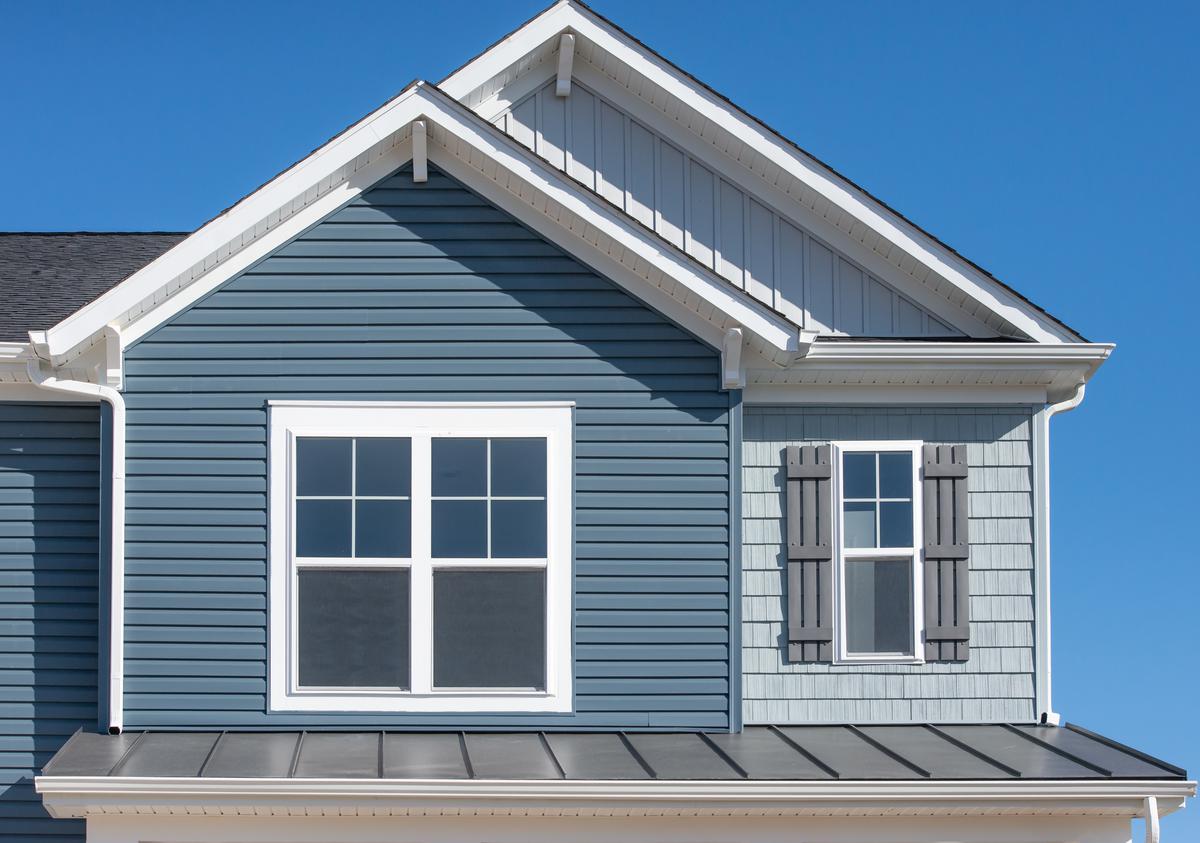
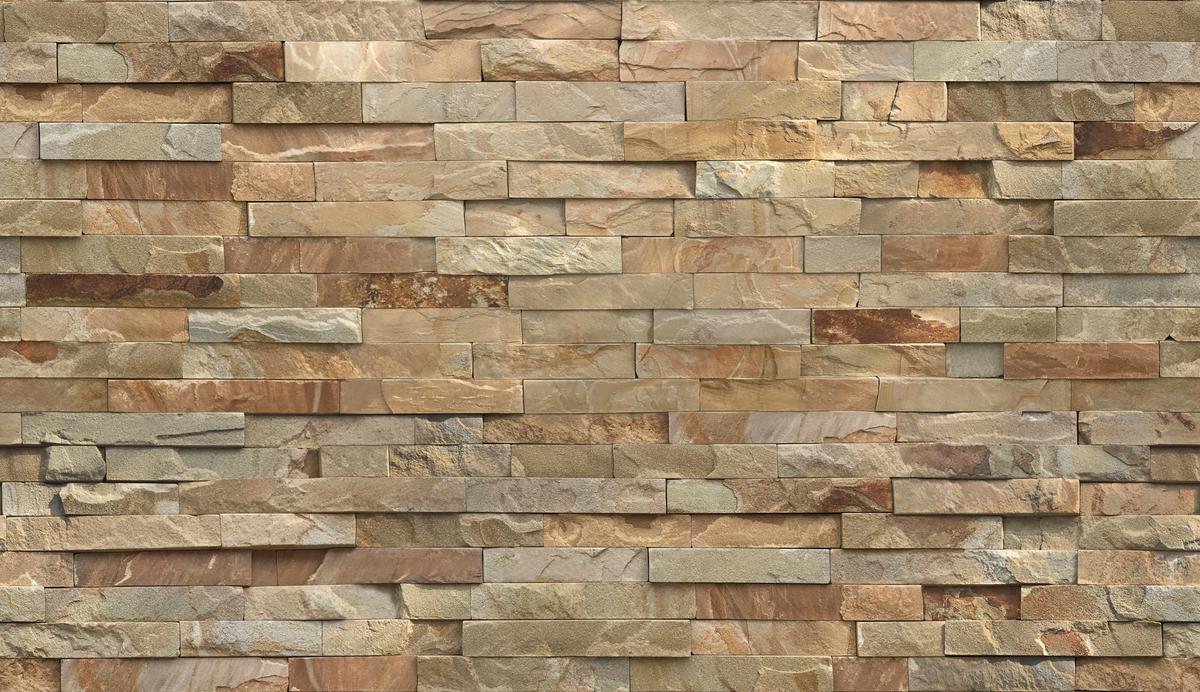
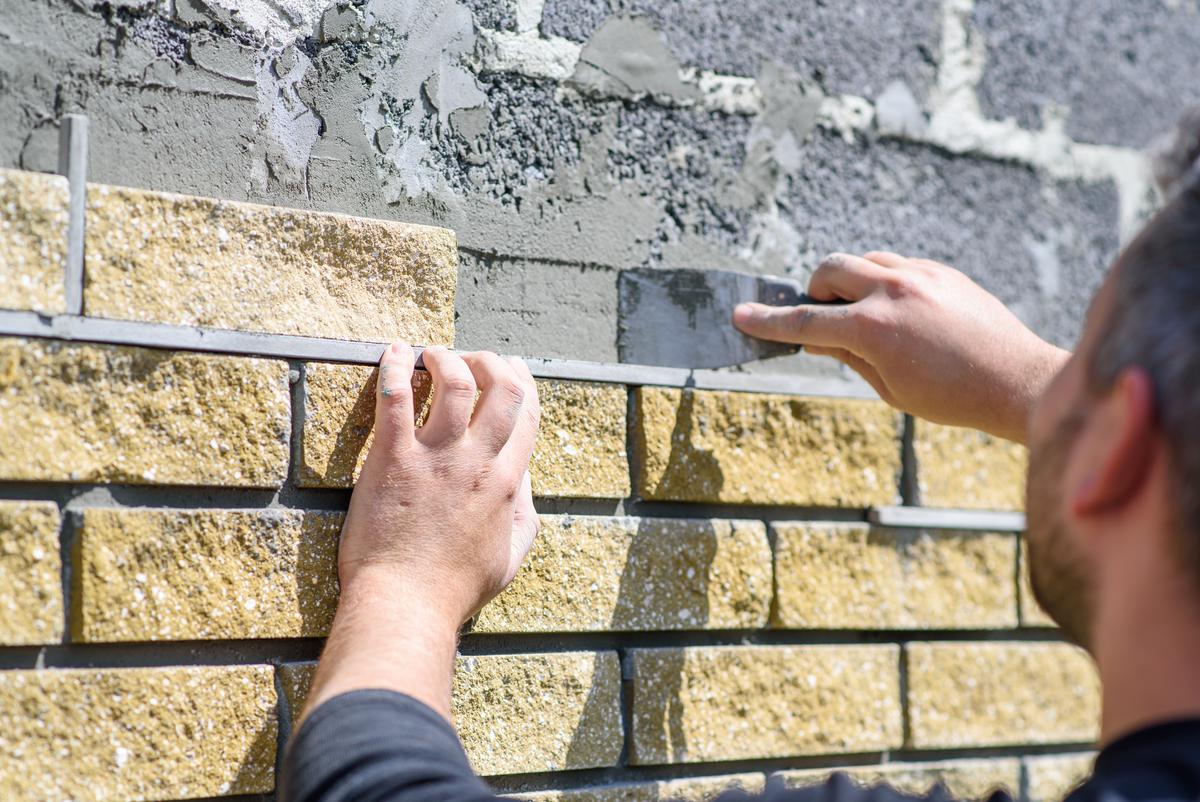
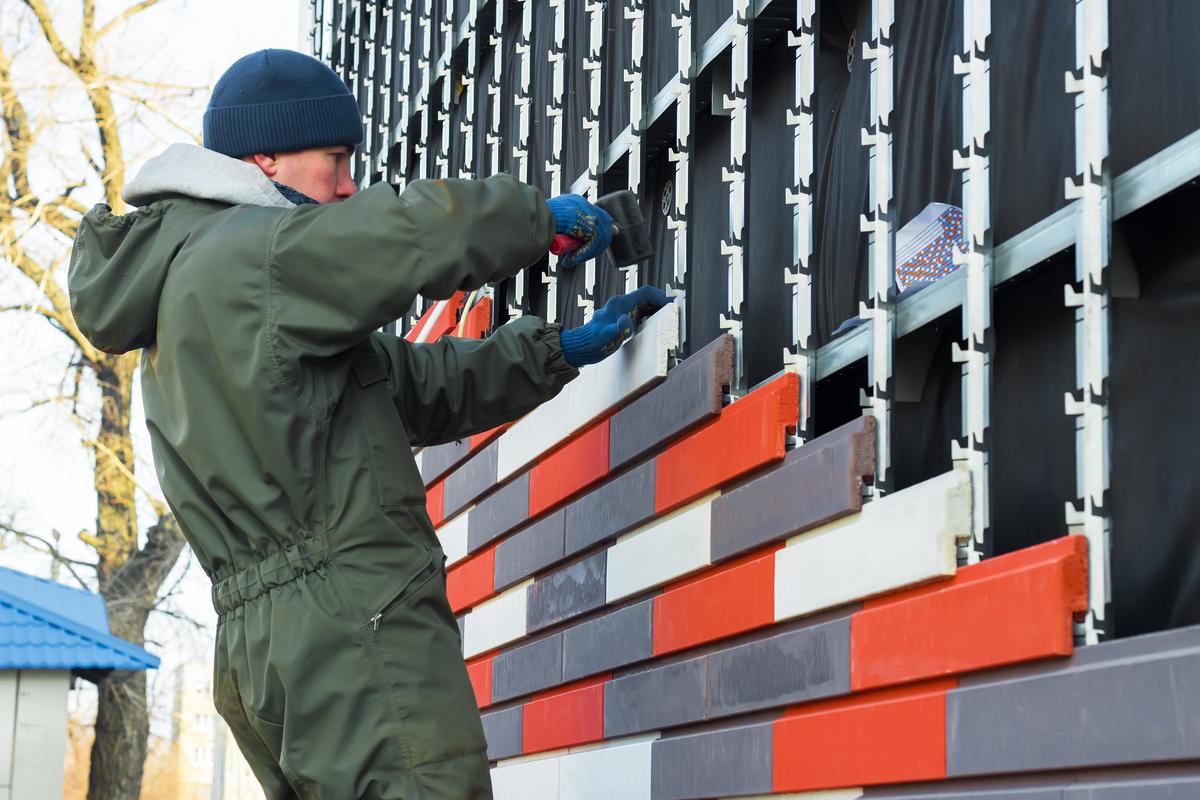
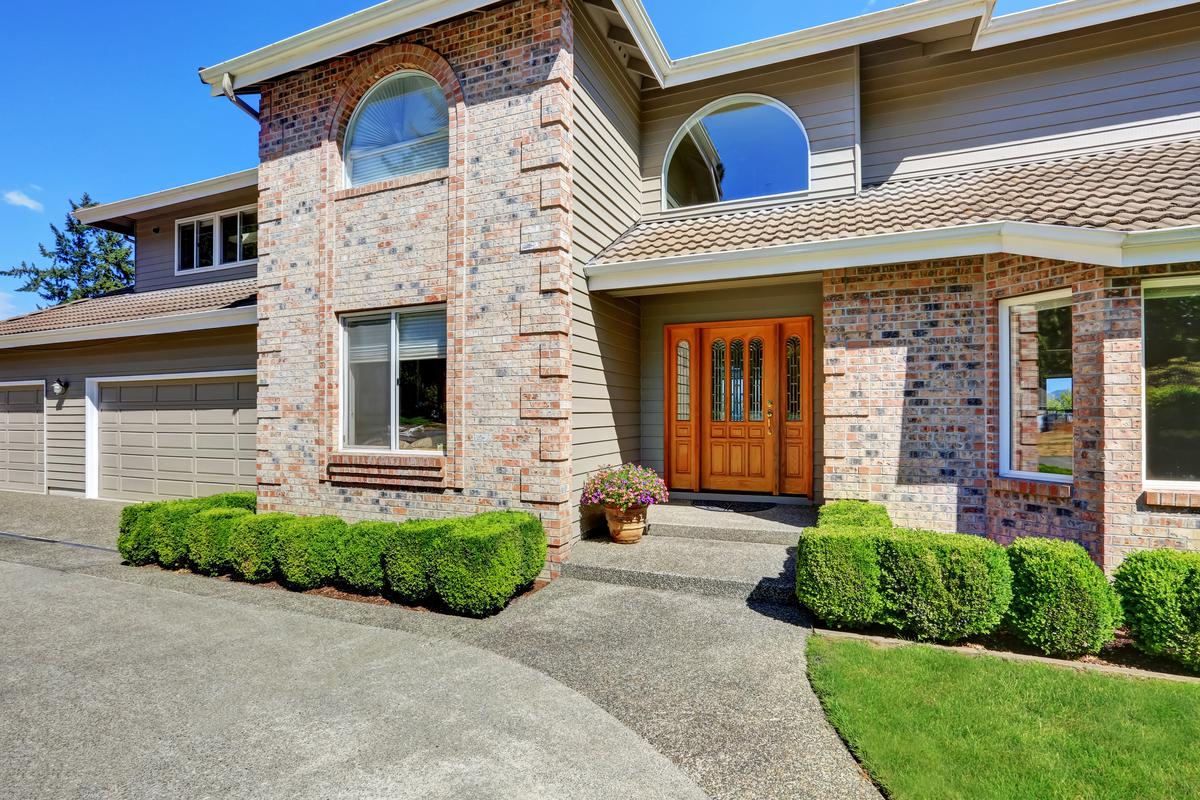
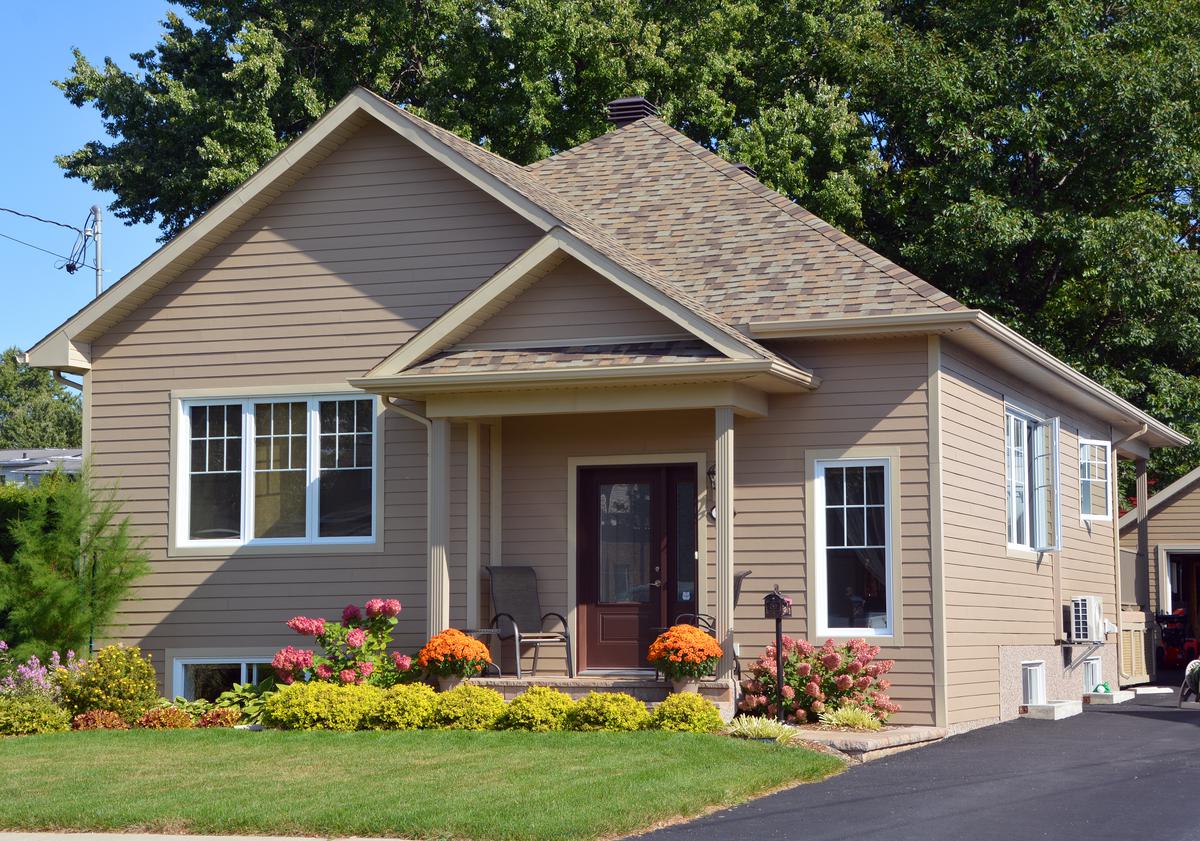
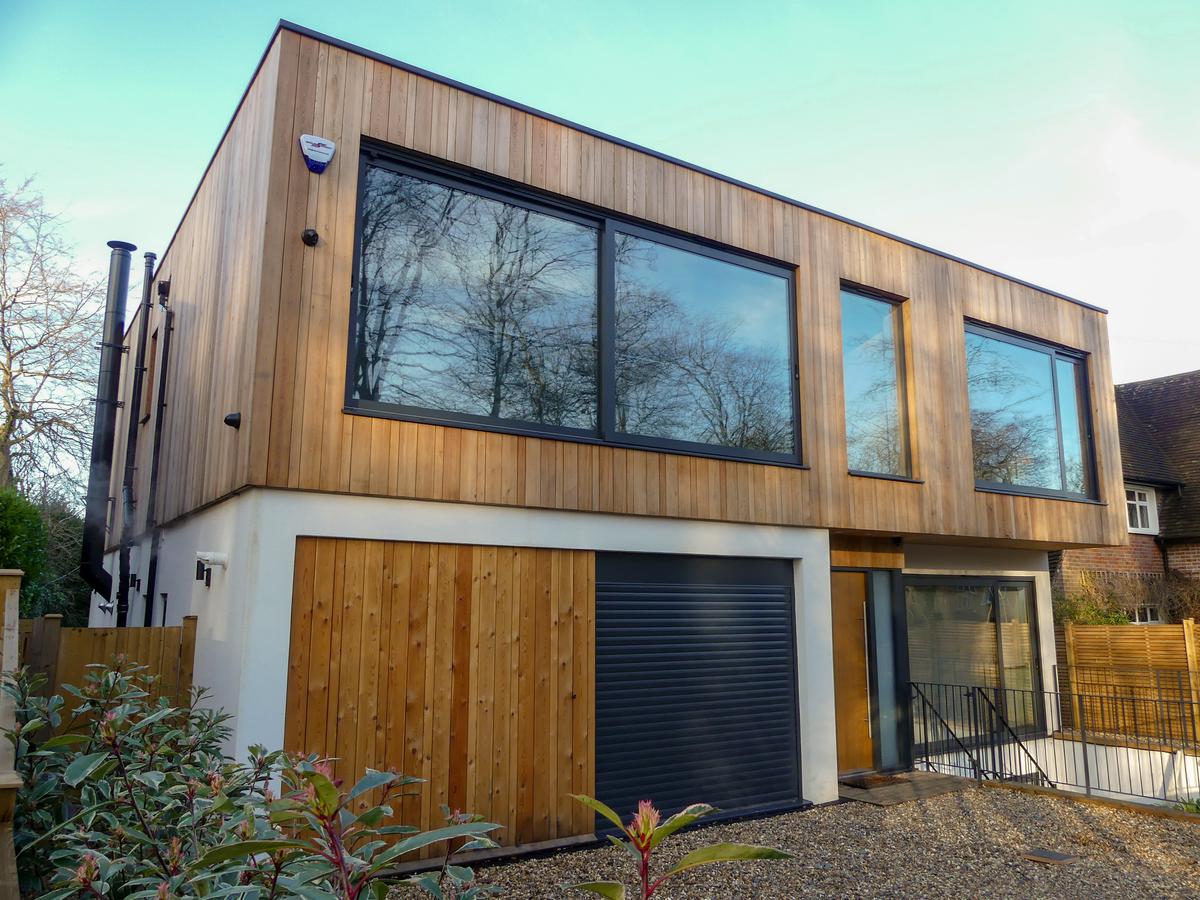
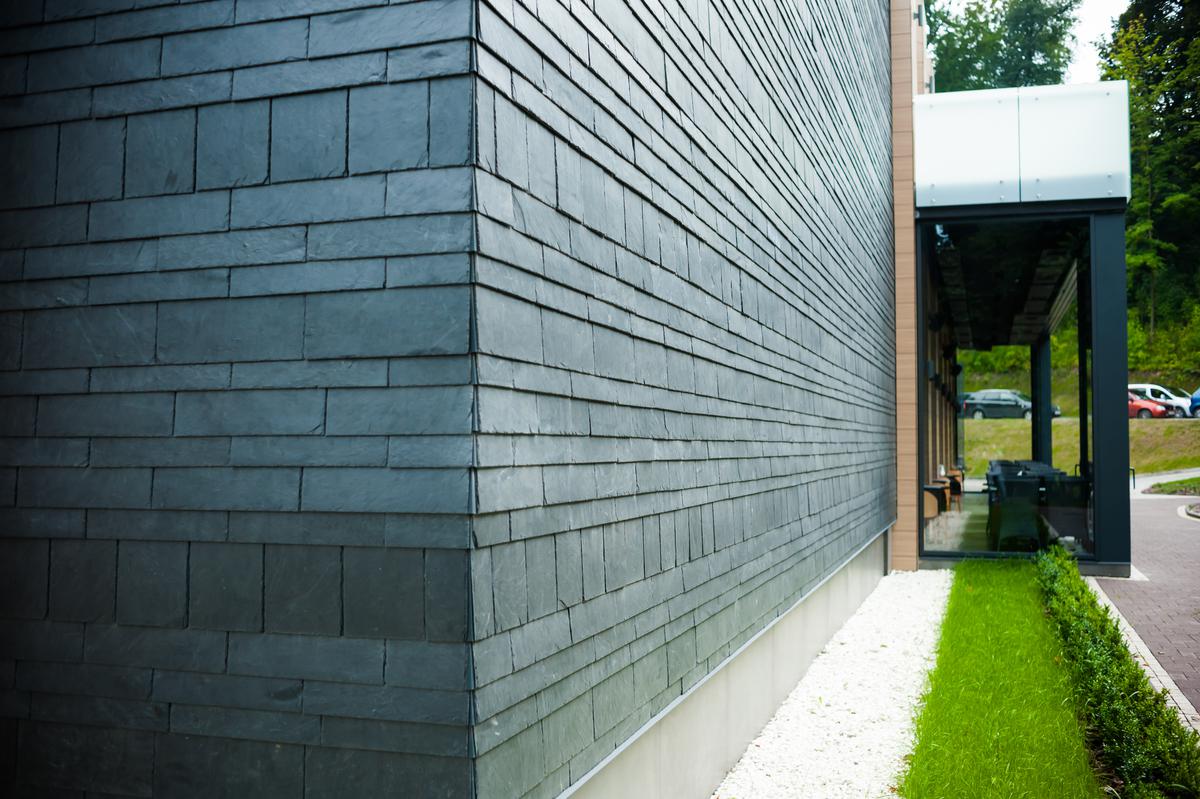
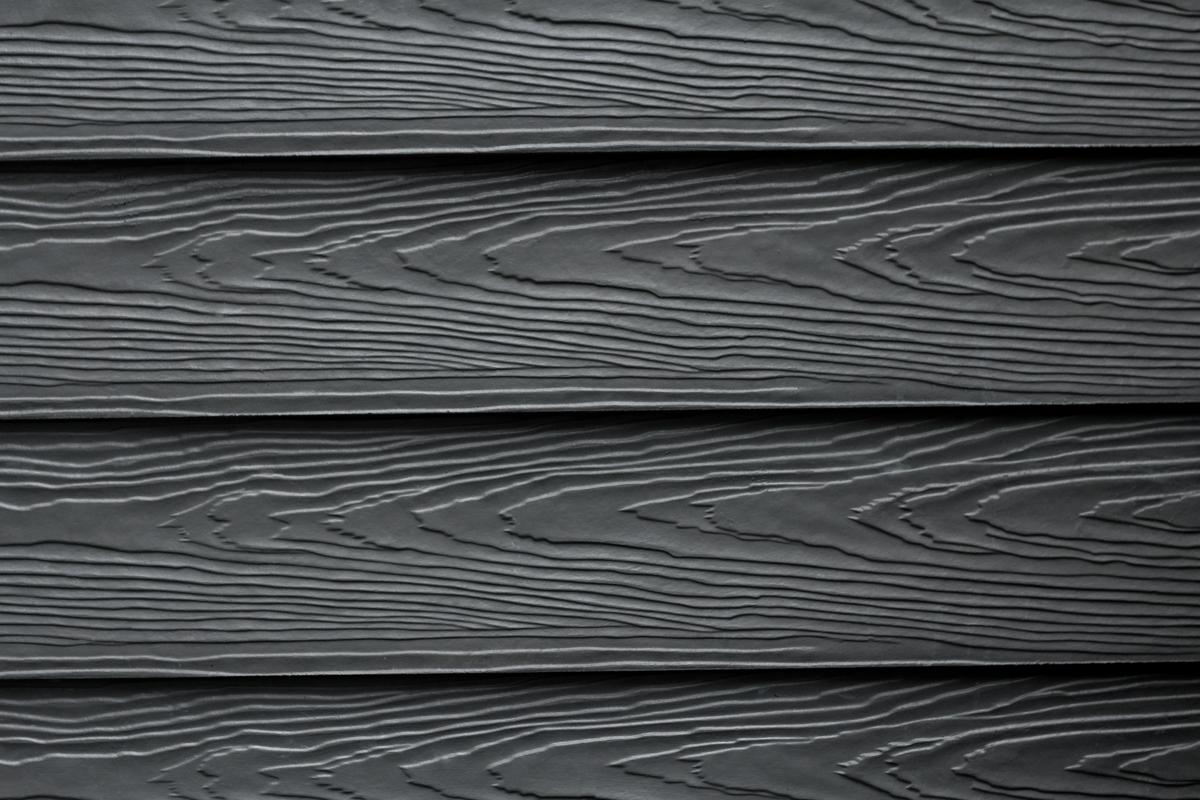

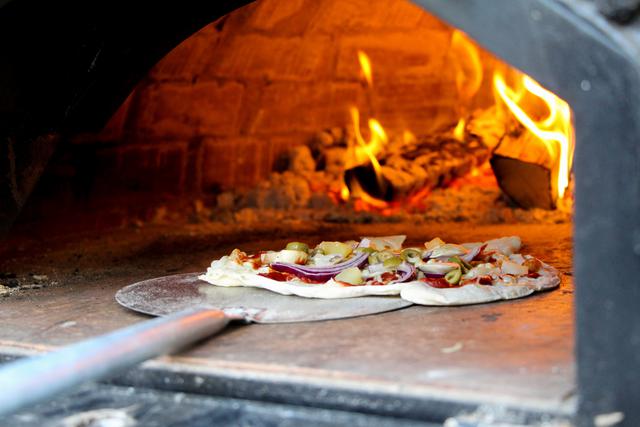
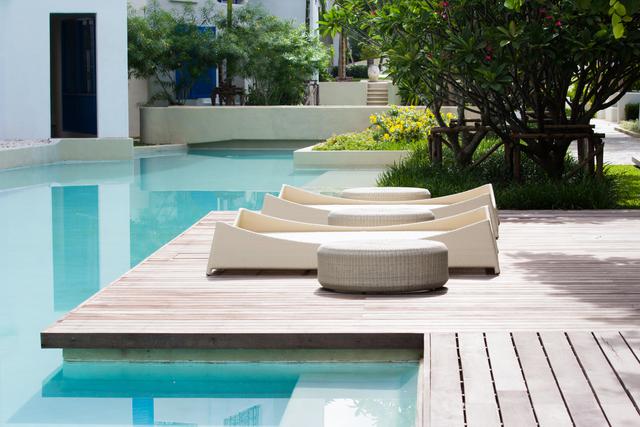
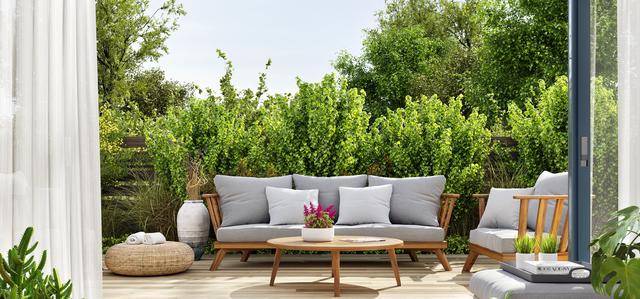
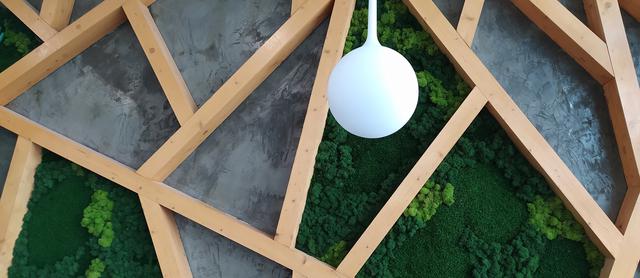
comments